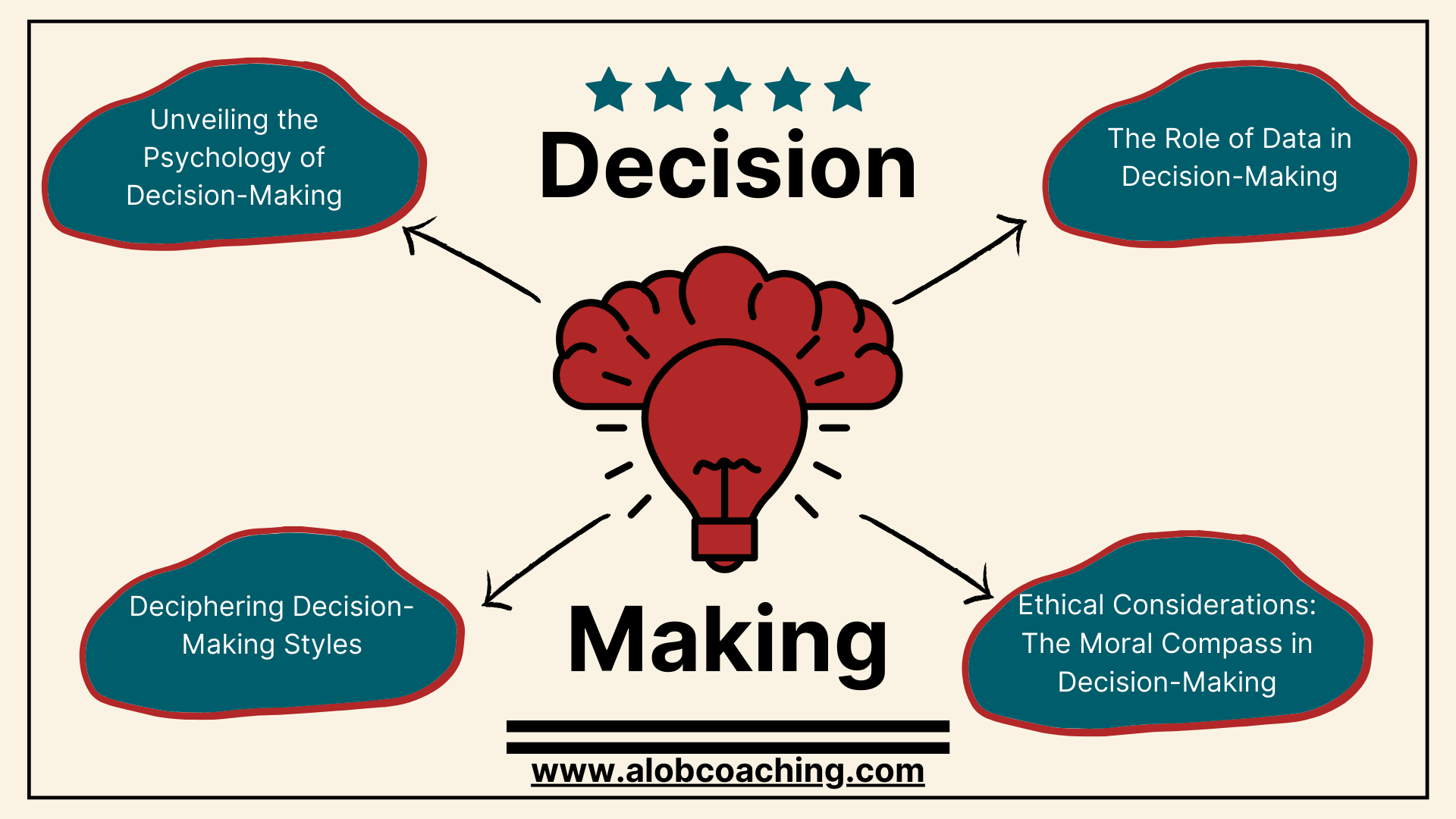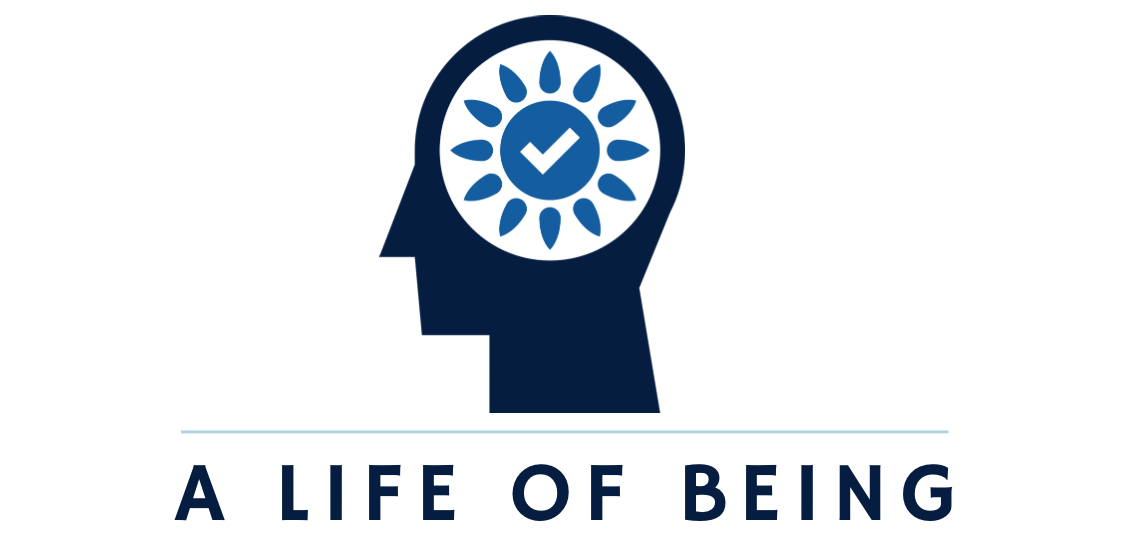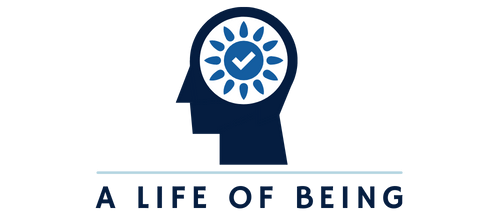Identifying and Overcoming Burnout in Leadership
Leadership roles come with significant responsibilities and demands, making it crucial for leaders to be aware of the signs and symptoms of burnout. Burnout can have detrimental effects on both personal well-being and professional performance.

In this blog post, we will explore the critical indicators of burnout in leadership and provide strategies for recovery, enabling leaders to maintain their effectiveness and drive sustainable success.
Recognizing the Signs of Burnout:
1. Emotional Exhaustion:
Leaders experiencing burnout may feel emotionally drained, lacking the energy and enthusiasm they once had for their work. This exhaustion can manifest as increased irritability, cynicism, or detachment.
2. Reduced Performance and Productivity:
Burnout can decrease motivation and efficiency, reducing performance and productivity. Leaders may find it challenging to concentrate, make decisions, or meet deadlines.
3. Increased Negativity and Pessimism:
Burnout can distort one's perception of work, causing leaders to become increasingly pessimistic about their roles, colleagues, and overall organizational objectives.
4. Physical and Mental Health Issues:
Prolonged burnout can severely affect a leader's physical and mental health. Symptoms may include chronic fatigue, insomnia, headaches, anxiety, and depression.
Strategies for Overcoming Burnout:
1. Prioritize Self-Care:
Leaders must prioritize their well-being by adopting healthy lifestyle habits. This includes maintaining a work-life balance, exercising regularly, practicing relaxation techniques, and nurturing personal hobbies and interests.
2. Seek Support:
Leaders must seek support from trusted colleagues, mentors, or coaches. Having a safe space to share concerns, seek guidance, and gain perspective can help alleviate the burden of burnout.
3. Delegate and Set Boundaries:
Leaders often take on more responsibilities than they can handle, leading to burnout. By delegating tasks and setting clear boundaries, leaders can ensure a more manageable workload and create space for self-care.
4. Foster Positive Relationships:
Cultivating positive relationships and fostering a supportive work environment are crucial for combating burnout. Encourage open communication, teamwork, and collaboration, which contribute to a sense of belonging and motivation.
5. Reevaluate Goals and Priorities:
Burnout can occur when leaders feel overwhelmed by an unrealistic workload. By reassessing goals and priorities, leaders can make necessary adjustments to align with their capacity and resources.
6. Practice Mindfulness and Reflection:
Incorporating mindfulness practices and reflection into daily routines can help leaders manage stress and gain clarity. Mindfulness exercises, such as meditation or deep breathing, can reduce stress and enhance focus.
Burnout is a prevalent issue in leadership roles, but possible. By identifying the signs of burnout and implementing the strategies discussed in this blog post, leaders can proactively address and overcome burnout, fostering their well-being and that of their teams. Remember, prioritizing self-care, seeking support, and aligning goals with personal values are crucial to maintaining a healthy and fulfilling leadership journey.
To access our Burnout Guide and Action Plan download it here
To learn more about the Start Seeing Results Method and take your motivation to the next level, schedule a consultation here. Learn More about the Start Seeing Result Method here.
The Blog


a b c d e f g h i j k l m n o - Do not remove from template!!! it is important to support different fonts



